-
 Bitcoin
Bitcoin $117500
1.74% -
 Ethereum
Ethereum $3742
2.76% -
 XRP
XRP $3.165
2.67% -
 Tether USDt
Tether USDt $1.000
0.01% -
 BNB
BNB $782.7
2.62% -
 Solana
Solana $186.2
4.21% -
 USDC
USDC $0.9999
0.00% -
 Dogecoin
Dogecoin $0.2375
4.33% -
 TRON
TRON $0.3184
0.92% -
 Cardano
Cardano $0.8208
2.70% -
 Hyperliquid
Hyperliquid $44.48
4.74% -
 Sui
Sui $4.003
9.41% -
 Stellar
Stellar $0.4419
5.99% -
 Chainlink
Chainlink $18.26
4.02% -
 Hedera
Hedera $0.2658
11.93% -
 Bitcoin Cash
Bitcoin Cash $556.3
5.98% -
 Avalanche
Avalanche $24.12
4.02% -
 Litecoin
Litecoin $113.2
1.43% -
 UNUS SED LEO
UNUS SED LEO $8.979
0.15% -
 Shiba Inu
Shiba Inu $0.00001406
5.12% -
 Toncoin
Toncoin $3.324
7.01% -
 Ethena USDe
Ethena USDe $1.001
0.01% -
 Uniswap
Uniswap $10.44
3.81% -
 Polkadot
Polkadot $4.098
3.95% -
 Monero
Monero $325.4
-0.61% -
 Dai
Dai $1.000
0.01% -
 Bitget Token
Bitget Token $4.555
2.84% -
 Pepe
Pepe $0.00001255
4.00% -
 Aave
Aave $297.5
3.63% -
 Cronos
Cronos $0.1327
3.29%
How to trade NFT across chains? Is the handling fee high?
Cross-chain NFT trading allows transferring NFTs between blockchains for lower fees and better opportunities, using bridges like Chainlink and Wormhole.
May 16, 2025 at 07:14 am
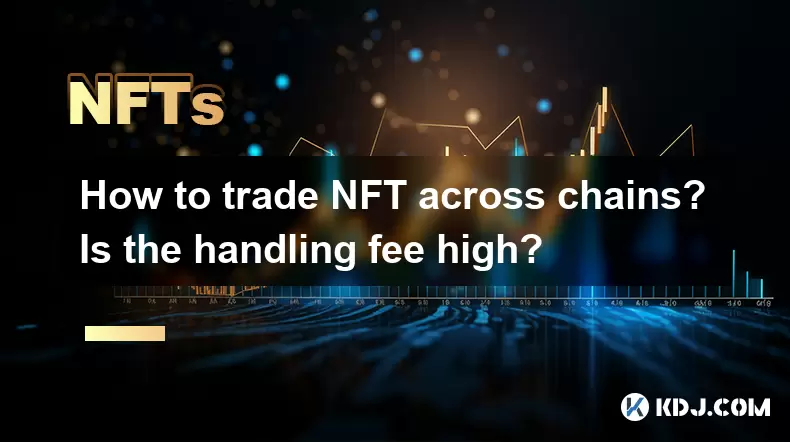
Trading NFTs (Non-Fungible Tokens) across different blockchain networks is an increasingly popular activity within the cryptocurrency community. This process, known as cross-chain NFT trading, allows users to transfer and trade their NFTs on different blockchains, which can offer various advantages such as lower fees, faster transactions, or access to different marketplaces. In this article, we will explore how to trade NFTs across chains, and discuss the associated handling fees.
Understanding Cross-Chain NFT Trading
Cross-chain NFT trading involves moving NFTs from one blockchain to another. This can be necessary or beneficial for several reasons. For instance, you might want to move your NFT from a high-fee network like Ethereum to a lower-fee network like Polygon. Additionally, some NFTs might be more valuable or have better trading opportunities on different blockchains.
To facilitate this process, you need a cross-chain bridge. These bridges are protocols that allow the transfer of assets between different blockchains. Popular cross-chain bridges include Chainlink, Wormhole, and Anyswap. Each bridge has its own set of features, supported blockchains, and fee structures.
Choosing the Right Cross-Chain Bridge
Selecting the appropriate cross-chain bridge is crucial for a smooth and cost-effective NFT trading experience. Here are some factors to consider:
- Supported Blockchains: Ensure the bridge supports both the source and destination blockchains for your NFT.
- Security: Check the bridge's security track record and user reviews to ensure your assets are safe during transfer.
- Fees: Compare the fees charged by different bridges to find the most cost-effective option.
- User Interface: A user-friendly interface can make the process easier, especially for beginners.
Step-by-Step Guide to Trading NFTs Across Chains
To trade NFTs across chains, follow these detailed steps:
- Select the NFT to Transfer: Choose the NFT you want to move from your wallet on the source blockchain.
- Choose a Cross-Chain Bridge: Based on your research, select a bridge that supports your source and destination blockchains.
- Connect Your Wallet: Navigate to the chosen bridge's website and connect your wallet that holds the NFT.
- Initiate the Transfer: Select the NFT you want to transfer, choose the destination blockchain, and confirm the transfer. You will need to pay the bridge's fee at this stage.
- Wait for Confirmation: The bridge will process the transfer, which may take some time depending on the blockchains involved and the bridge's efficiency.
- Receive the NFT on the New Chain: Once the transfer is complete, the NFT will appear in your wallet on the destination blockchain.
Handling Fees in Cross-Chain NFT Trading
Handling fees are an important consideration when trading NFTs across chains. These fees can vary widely depending on the bridge used and the blockchains involved. Here are some factors that influence handling fees:
- Bridge Fees: Each bridge charges a fee for facilitating the transfer. These fees can be fixed or a percentage of the NFT's value.
- Blockchain Fees: You may also need to pay gas fees on both the source and destination blockchains to process the transfer.
- Exchange Rates: If the bridge uses a wrapped token or another intermediary, there might be additional fees or slippage due to exchange rates.
To give you a better idea, here are some examples of handling fees for popular bridges:
- Chainlink: Chainlink's fees can range from 0.1% to 0.5% of the transaction value, depending on the bridge used.
- Wormhole: Wormhole typically charges a flat fee, which can be around $10 to $20 per transfer, depending on the blockchains involved.
- Anyswap: Anyswap's fees are generally around 0.3% of the transaction value, but they can vary based on the specific bridge used.
Managing and Minimizing Handling Fees
While handling fees are unavoidable, there are strategies to manage and minimize them:
- Compare Fees: Always compare the fees of different bridges to find the most cost-effective option.
- Timing: Sometimes, transferring during off-peak hours can result in lower gas fees on the blockchains.
- Batch Transfers: If you have multiple NFTs to transfer, consider doing them in batches to save on individual transaction fees.
- Use Layer 2 Solutions: Some blockchains offer Layer 2 solutions that can reduce transaction fees. For example, transferring NFTs from Ethereum to Polygon can significantly lower fees.
Security Considerations in Cross-Chain NFT Trading
Security is paramount when trading NFTs across chains. Here are some tips to ensure your assets remain safe:
- Research the Bridge: Only use well-established and reputable bridges with a proven track record of security.
- Use Secure Wallets: Ensure your wallet is secure and that you have enabled all available security features, such as two-factor authentication.
- Monitor Transactions: Keep an eye on your transactions and be alert for any suspicious activity.
- Backup Your Wallet: Always have a backup of your wallet's private keys or seed phrase in a secure location.
Frequently Asked Questions
Q: Can I trade NFTs across any blockchain?
A: Not all blockchains support cross-chain NFT trading. You need to ensure that both the source and destination blockchains are supported by the cross-chain bridge you choose.
Q: How long does it take to transfer an NFT across chains?
A: The duration can vary based on the efficiency of the bridge and the blockchains involved. It can range from a few minutes to several hours.
Q: Are there any risks involved in cross-chain NFT trading?
A: Yes, there are risks such as smart contract vulnerabilities, bridge hacks, and transaction failures. Always use reputable bridges and keep your wallet secure.
Q: Can I reverse a cross-chain NFT transfer if something goes wrong?
A: Generally, cross-chain transfers are irreversible. It's crucial to double-check all details before initiating a transfer.
Disclaimer:info@kdj.com
The information provided is not trading advice. kdj.com does not assume any responsibility for any investments made based on the information provided in this article. Cryptocurrencies are highly volatile and it is highly recommended that you invest with caution after thorough research!
If you believe that the content used on this website infringes your copyright, please contact us immediately (info@kdj.com) and we will delete it promptly.
- UAE's Digital Asset Revolution: Stablecoin Regulations Take Center Stage
- 2025-07-26 10:40:11
- VIRTUAL Weekly Drop: Recovery Analysis and Privacy Push
- 2025-07-26 08:50:11
- Bitcoin, Cynthia Lummis, and Freedom Money: A New Yorker's Take
- 2025-07-26 08:30:11
- Pudgy Penguins, Crypto Prices, and the Altseason Buzz: What's the Hype?
- 2025-07-26 10:51:48
- Crypto Gainers, Top 10, Week 30: Altcoins Buck the Trend
- 2025-07-26 08:55:12
- Solana, Altcoins, and Coinbase: What's the Buzz?
- 2025-07-26 06:30:12
Related knowledge
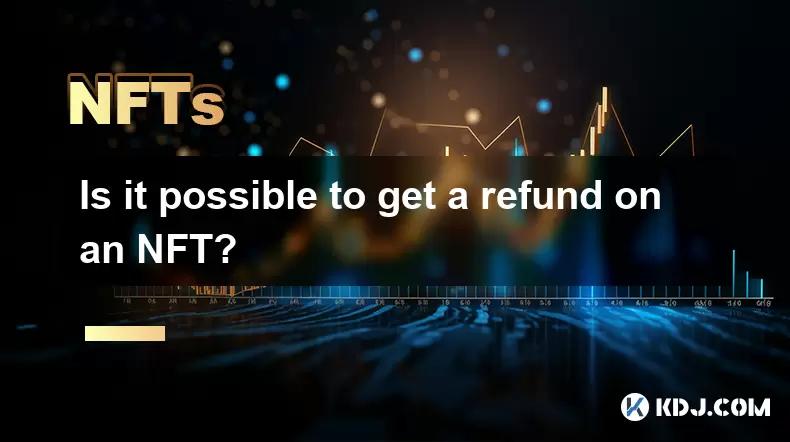
Is it possible to get a refund on an NFT?
Jul 21,2025 at 08:35pm
Understanding NFT Transactions and RefundsWhen you purchase an NFT (Non-Fungible Token), the transaction is typically recorded on a blockchain, making...
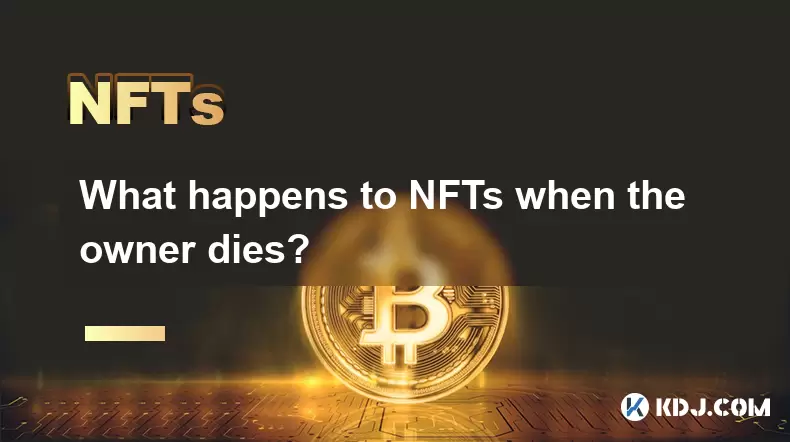
What happens to NFTs when the owner dies?
Jul 22,2025 at 02:43pm
Legal Ownership and Digital AssetsWhen an individual owns NFTs, the question of what happens to these assets upon their death is a pressing one. NFTs ...
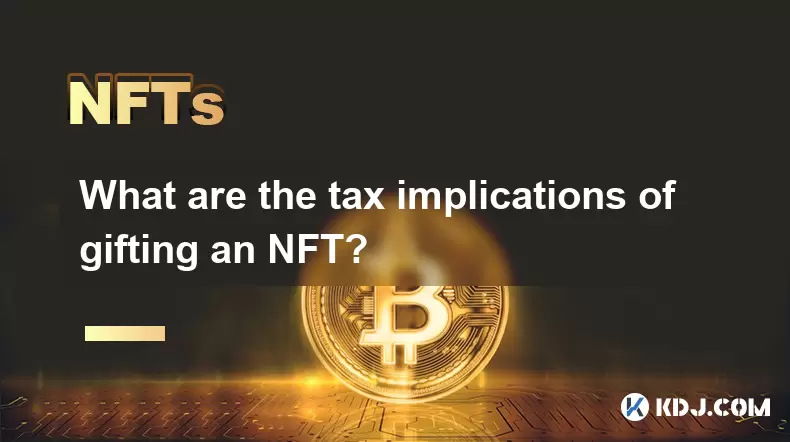
What are the tax implications of gifting an NFT?
Jul 19,2025 at 04:21am
Understanding the Basics of NFT GiftingGifting a Non-Fungible Token (NFT) involves transferring ownership from one individual to another without recei...
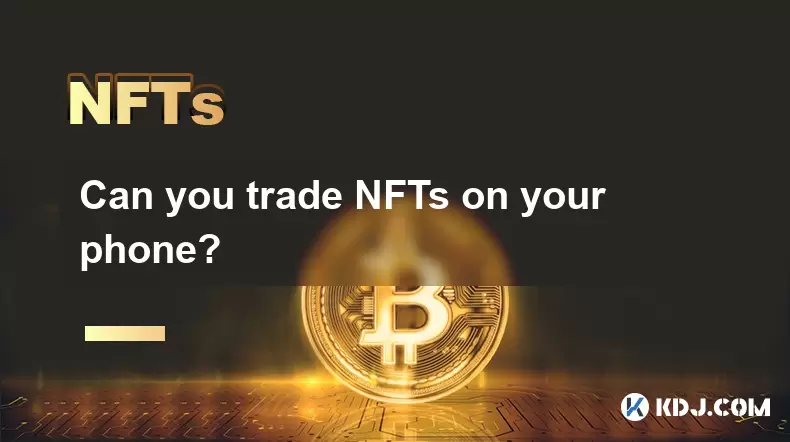
Can you trade NFTs on your phone?
Jul 18,2025 at 04:29am
Trading NFTs on Mobile DevicesYes, you can trade NFTs on your phone, and the process has become increasingly streamlined thanks to a variety of mobile...
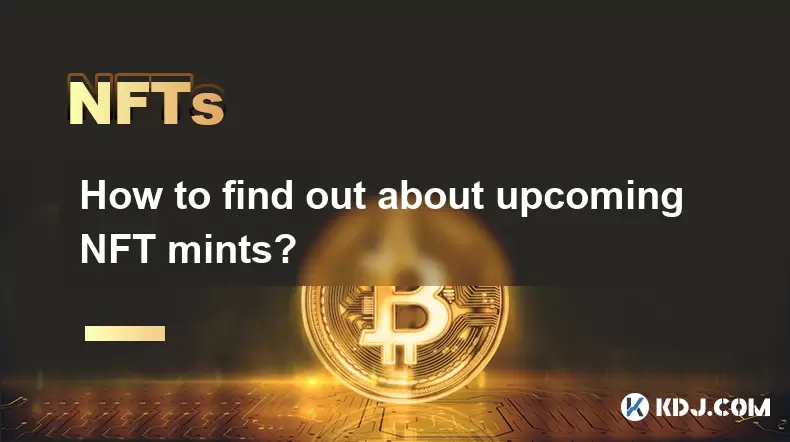
How to find out about upcoming NFT mints?
Jul 18,2025 at 11:50am
Exploring NFT Minting OpportunitiesUnderstanding the landscape of upcoming NFT mints is crucial for collectors, investors, and creators who wish to st...
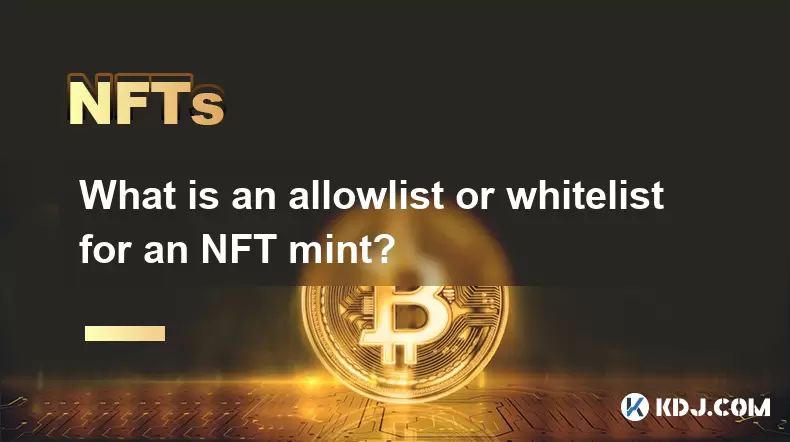
What is an allowlist or whitelist for an NFT mint?
Jul 20,2025 at 07:14pm
Understanding the Concept of an Allowlist for NFT MintingAn allowlist, also commonly referred to as a whitelist, is a mechanism used in the NFT mintin...

Is it possible to get a refund on an NFT?
Jul 21,2025 at 08:35pm
Understanding NFT Transactions and RefundsWhen you purchase an NFT (Non-Fungible Token), the transaction is typically recorded on a blockchain, making...

What happens to NFTs when the owner dies?
Jul 22,2025 at 02:43pm
Legal Ownership and Digital AssetsWhen an individual owns NFTs, the question of what happens to these assets upon their death is a pressing one. NFTs ...

What are the tax implications of gifting an NFT?
Jul 19,2025 at 04:21am
Understanding the Basics of NFT GiftingGifting a Non-Fungible Token (NFT) involves transferring ownership from one individual to another without recei...

Can you trade NFTs on your phone?
Jul 18,2025 at 04:29am
Trading NFTs on Mobile DevicesYes, you can trade NFTs on your phone, and the process has become increasingly streamlined thanks to a variety of mobile...

How to find out about upcoming NFT mints?
Jul 18,2025 at 11:50am
Exploring NFT Minting OpportunitiesUnderstanding the landscape of upcoming NFT mints is crucial for collectors, investors, and creators who wish to st...

What is an allowlist or whitelist for an NFT mint?
Jul 20,2025 at 07:14pm
Understanding the Concept of an Allowlist for NFT MintingAn allowlist, also commonly referred to as a whitelist, is a mechanism used in the NFT mintin...
See all articles

























































































